20 Modern Christmas Traditions That Started In the Victorian Era

Ready to unwrap the surprising roots of your favorite holiday rituals? Many of the traditions that make December sparkle were actually packaged, polished, and popularized by the Victorians. From tree-topping cheer to turkey triumphs, their inventive spirit shaped how we celebrate today.
Pour some cocoa and discover how a century of steam power, storytelling, and social change transformed Christmas into the dazzling season we know and love.
1. Decorating a Christmas Tree
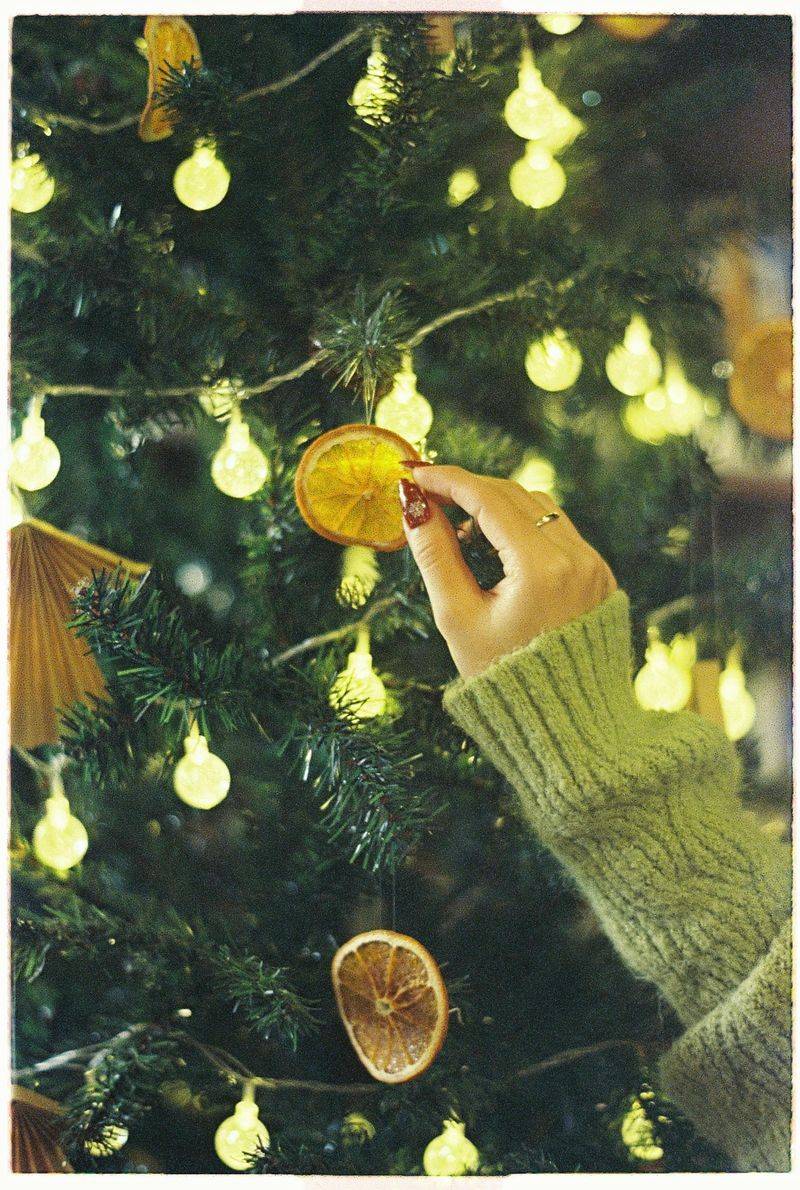
Victorian parlors blossomed with evergreen splendor after a royal endorsement turned a quiet custom into a nationwide craze.
Prince Albert’s German heritage brought the decorated tree to Britain, but it was the illustrated images of the royal family gathered around a candle-lit fir that captured imaginations. Suddenly, households embraced baubles, paper chains, and sugared fruits as if they were family heirlooms.
Handmade ornaments flourished first, from painted walnuts to delicate paper stars, each a tiny work of sentimental art. Candles flickered dangerously but beautifully, casting a warm, hearth-like glow that made the season feel intimate. Photographs and magazine engravings spread the look, inspiring copycat splendor across classes.
What began as a symbol of refined taste soon became a democratic emblem of joy. And today’s LEDs, tinsel, and toppers all echo that Victorian vision of domestic wonder.
2. Sending Christmas Cards
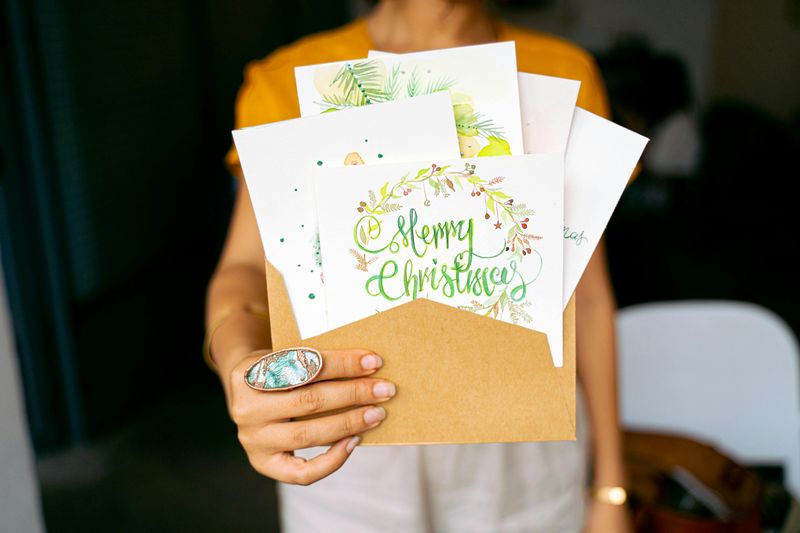
Social ties got a paper-and-ink boost when the first commercial card appeared in 1843, neatly dovetailing with affordable postal rates. Victorians adored the novelty: a festive image, a printed greeting, and enough space for polite sentiments without penning a full letter. The gesture felt both convenient and thoughtful, a perfect match for a fast-modernizing society.
Designs ranged from snowy vistas to oddities like dancing frogs—whimsy was half the charm. Printers competed for attention with embossing, gilded edges, and vivid chromolithography that turned mail into miniature art. The mantelpiece became a seasonal gallery as cards piled up like accolades.
Beyond aesthetics, cards knit communities together, bridging distances with cheery goodwill. Today’s glossy photos and digital editions are simply the latest chapter of a Victorian communication revolution wrapped in ribbon and sentiment.
3. Crackers at the Dinner Table
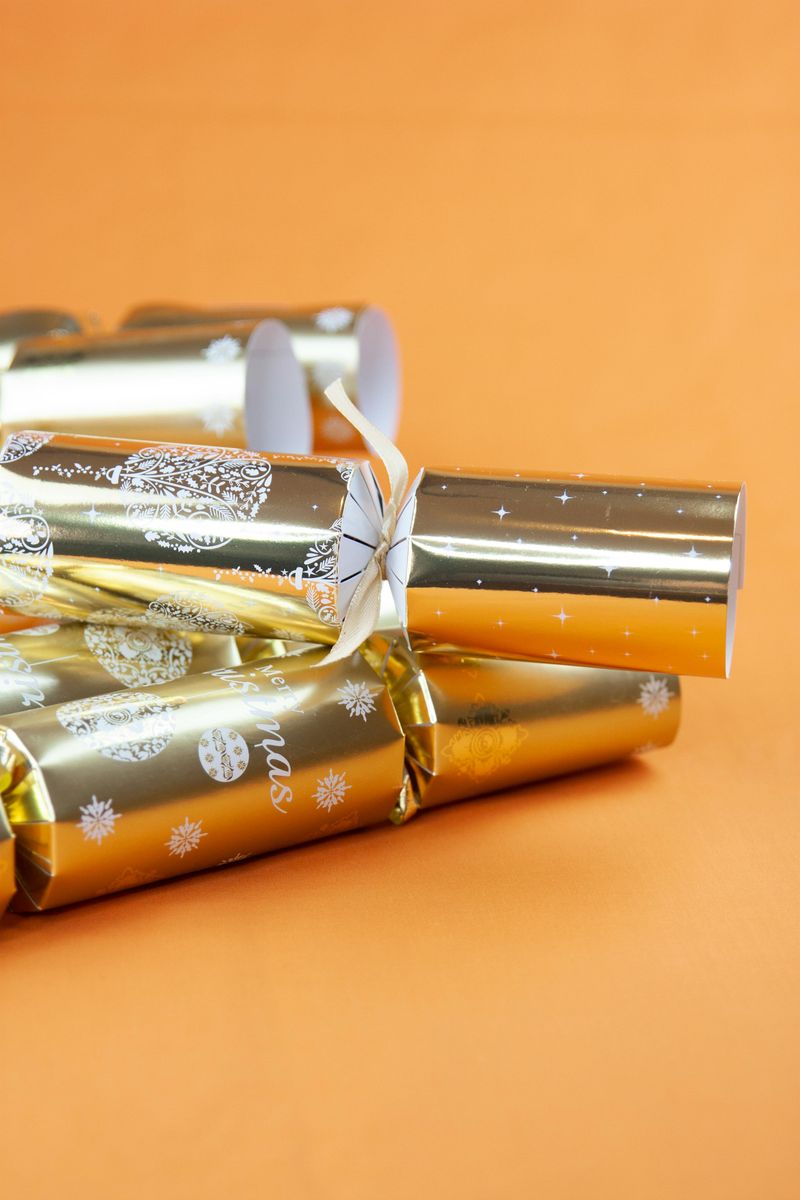
Festive pops and paper crowns didn’t just explode out of nowhere; they sprang from Tom Smith’s 1840s confectionery ingenuity. He took bonbons wrapped with little mottos and added a snap inspired by a log crackling in the fire. The result was a tiny theatrical moment at the table—noise, surprise, and laughter in one tug.
As the idea caught on, contents evolved into charms, jokes, and fold-out hats, turning dinner into a playful pageant. Manufacturers upped the glamour with satin ribbons, gilded paper, and themed sets for every taste. The ritual became as essential as the roast itself.
Breaking a cracker now signals that the meal is more than sustenance—it’s celebration. Each silly joke and shiny trinket is a Victorian time capsule, reminding us that delight is a course best served loudly.
4. Father Christmas as a Jolly Gift-Giver
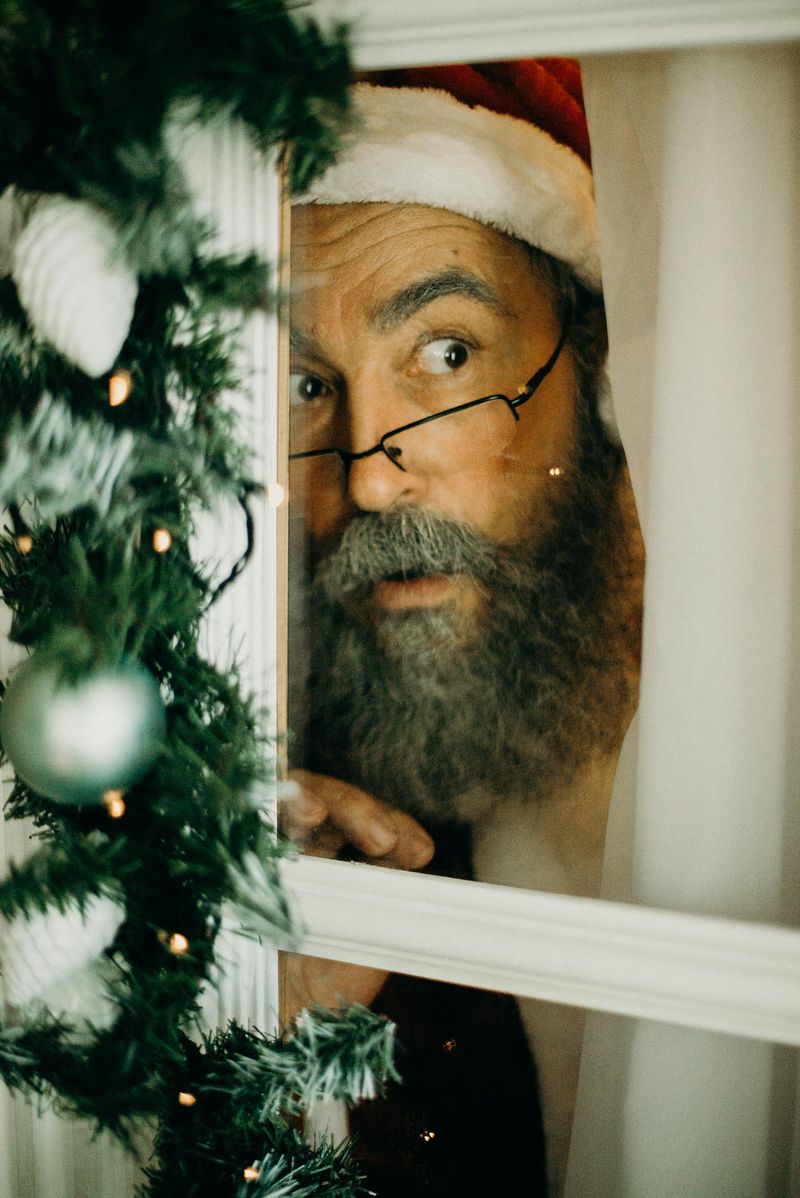
Before he was a merry distributor of goodies, the figure now called Father Christmas leaned more toward seasonal spirit than sleigh commander. Victorians blended the generosity of Saint Nicholas with a homegrown embodiment of festivity, dressing him in fur-trimmed robes and a broad smile. Illustrators and advertisers buffed the image into warmth itself.
He often appeared as a kindly, robust figure toasting good cheer and domestic happiness, rather than a churchy moralist. Children responded to the promise of gifts; adults embraced the symbolism of community and abundance. The character stepped lightly between folklore and family hearth.
Modern Santa owes his jollity, and much of his branding, to this Victorian remix. The fusion of charity, wonder, and rosy cheeks created an icon durable enough to outlast even the toughest winter.
5. Exchanging Gifts

Timing is everything, and the Victorians cleverly shifted the big swap from New Year’s to Christmas Day. This repositioning dovetailed with the era’s family-centered ideals, letting presents crown the celebration after church and dinner. Manufacturers quickly noticed, producing goods attractive enough to be worthy of wrapping paper spectacle.
Gift-giving became a ritual of affection and social etiquette, with careful thought put into suitability and surprise. For children, it was pure magic; for adults, a graceful language of gratitude, status, and taste. Lists, ribbons, and hidden cupboards became seasonal strategy tools.
That calendar pivot still shapes holiday rhythms—budgeting, wrapping, and that delicious anticipation under the tree. The Victorian decision didn’t just change a date; it rewired the heartbeat of December with ribbons, tags, and delighted gasps.
6. Stockings Hung by the Fireplace

Hearths became treasure traps when the Victorian imagination latched onto the charm of small gifts and sweets tucked into socks. Stories of Saint Nicholas’s discreet generosity combined with the era’s child-centered focus to make stockings irresistible. Oranges, nuts, and tiny toys made delightful bounty without opulence.
Illustrated magazines helped the practice spread, etching the image of night-before suspense into public fancy. Parents could manage budgets while still conjuring wonder, and children learned to scan the mantel with hopeful eyes. The ritual created a stage where anticipation performed beautifully.
Today’s oversized stockings echo that Victorian theater of surprise. From candy canes to gadgets, the contents have evolved, but the gleeful scramble at dawn remains the same: a snug celebration of small joys.
7. Caroling Door-to-Door

Street corners rang again when Victorians revived communal singing with printed songbooks and organized troupes. The industrial cityscape needed music, and carols provided cheer that slipped easily through fog and gaslight. It was philanthropy and festivity entwined: performances often raised funds for the poor.
Publications standardized lyrics while arrangers composed new harmonies, making it easier for neighbors to harmonize. Respectability culture applauded wholesome entertainment that united classes, at least for an evening. The familiar knock and chorus became sonic tinsel draped over winter’s gloom.
Modern choirs, flash mobs, and neighborhood rounds still trace their lineage to those Victorian pavements. Each refrain bridges doorways and decades, turning cold air into a warm communal instrument tuned to goodwill.
8. Christmas Feasts & Turkey as the Main Dish
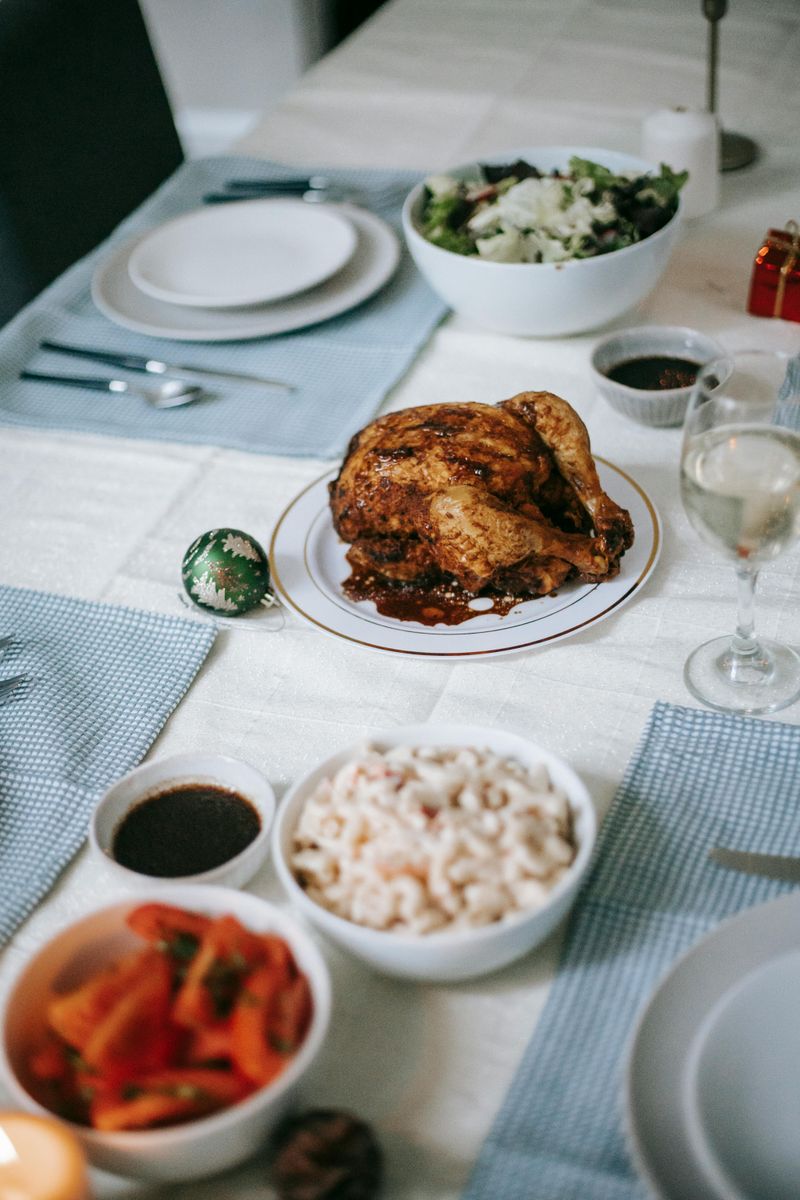
Feast tables shifted conspicuously when turkey outmuscled goose, a change tied to Victorian prosperity and improving transport. Railways moved large birds efficiently, making them more accessible and fashionable for ambitious hosts. Illustrated menus and cookery columns crowned the turkey a modern centerpiece worth carving ceremony.
Side dishes evolved into a culinary chorus—roasted roots, bread sauce, and jewel-toned preserves. The ritual of carving itself became theater, with aproned pride and sharpened steel. Family narratives unfurled across the table, mingling with steam and spice.
While today’s menus vary wildly, the star-bird tradition still carries the Victorian stamp. Whether basted, brined, or plant-based in spirit, the main event owes its marquee status to nineteenth-century appetites and rails.
9. Holmes & Ivy Decorations Indoors
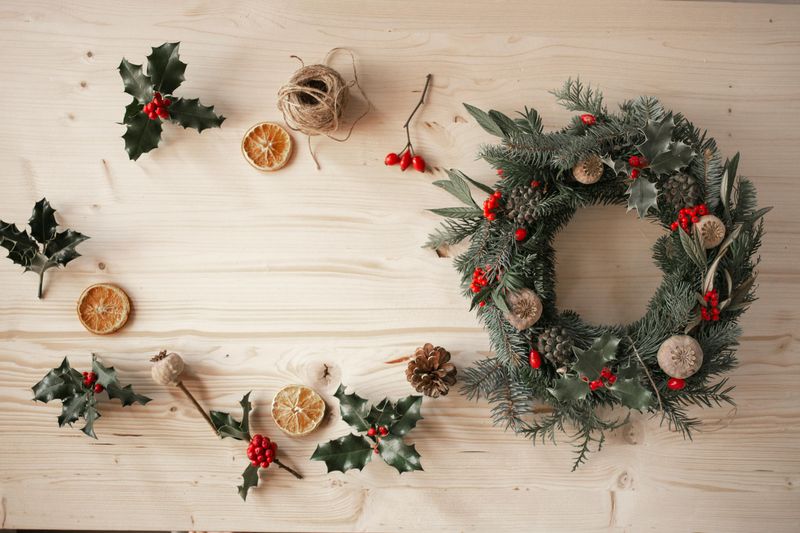
Evergreen exuberance vaulted indoors as Victorians embraced holly and ivy to symbolize endurance and domestic virtue. Homes turned into fragrant forests, with glossy leaves and red berries framing mirrors and mantels. The contrast of deep green against flickering light created instant atmosphere.
Guidebooks recommended tasteful arrangements, while magazines printed engravings that readers eagerly imitated. Folklore added spice, attributing luck, protection, and seasonal romance to the leaves. Even city dwellers felt closer to nature, despite soot and cobblestone.
Our modern garlands and wreaths carry that same promise of life in midwinter. Each sprig nods to an era that believed beauty and symbolism should be woven right into the home’s heartbeat.
10. Making Christmas Pudding (with Hidden Coins!)
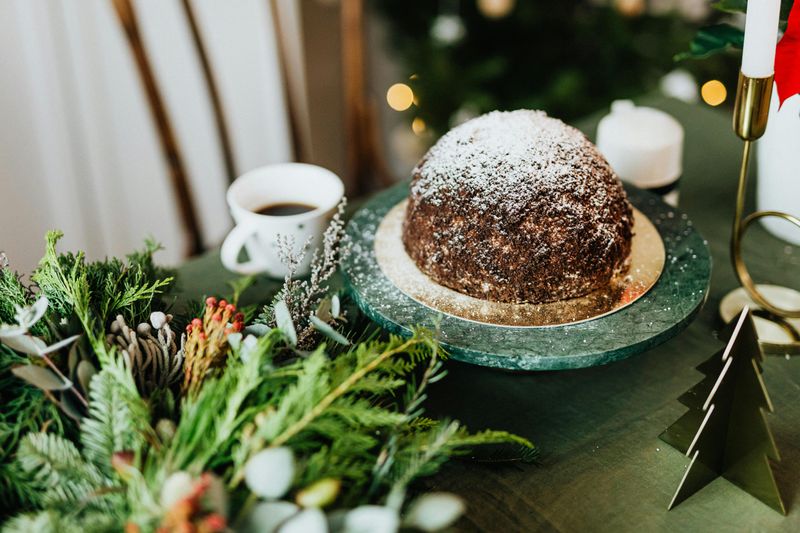
Rich aromas and ritual stirred together when families gathered on Stir-Up Sunday to mix the pudding. Everyone took a turn with the spoon, making a wish as dried fruits and spices folded into suet and stout. Hidden charms and coins promised luck, love, or prosperity to the lucky slice.
Recipes were heirlooms, evolving with each generation but anchored by tradition’s weighty sweetness. The pudding matured over weeks, then arrived triumphantly, steamed and flaming with brandy. Anticipation tasted as important as the dessert itself.
Modern puddings may swap ingredients, but the ceremony remains irresistible. It’s more than a dish; it’s a time capsule of collective hope that the Victorians set boiling and we still serve blazing.
11. Yule Logs in the Fireplace
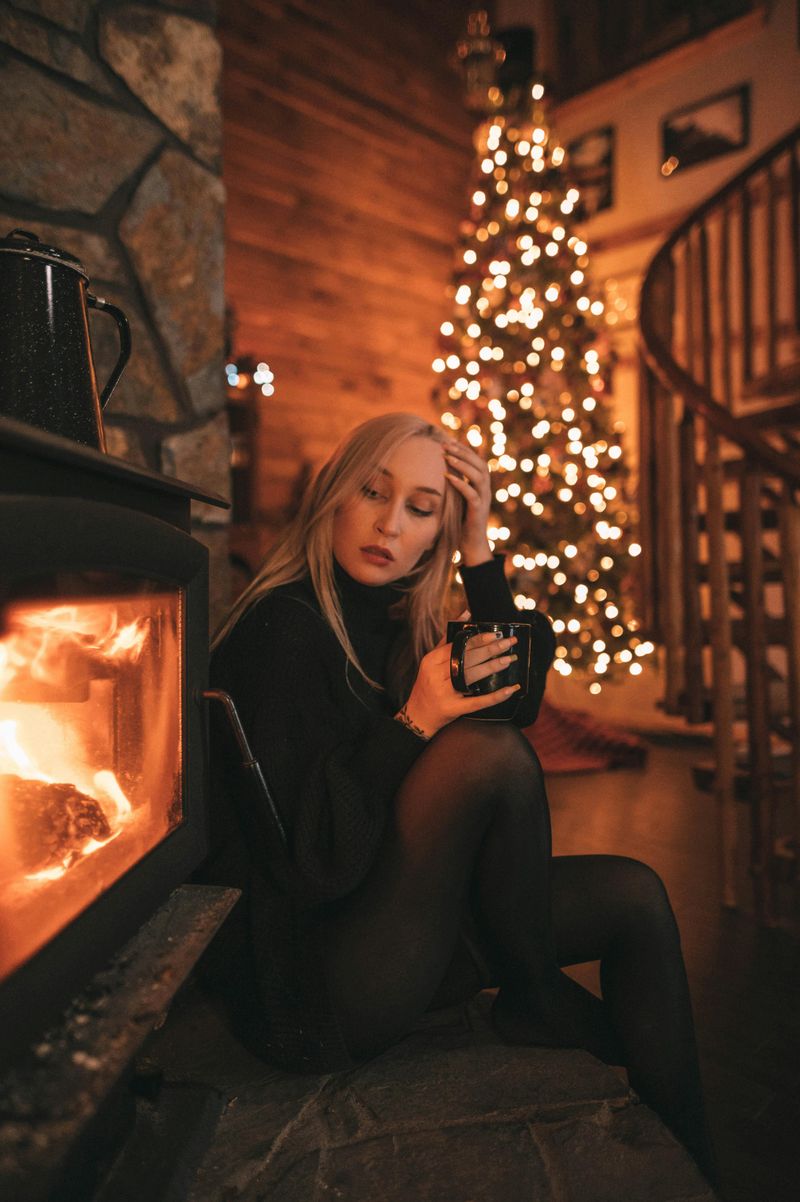
Old customs found new romance when Victorians revived the Yule log, celebrating hearth and home as a seasonal sanctuary. The chosen log, sometimes ceremoniously decorated, burned slowly while families swapped stories and toasts. Sparks felt like blessings scattering into the night.
Writers and illustrators turned the log into a poetic emblem of continuity. Even modest homes could participate, if only with smaller fuel and bigger imagination. The focus was togetherness, not grandeur.
Electric versions and chocolate roulades now carry the torch—quite literally in cake form. But the glow that gathers faces close comes straight from Victorian sentiment, warming the longest nights with shared light.
12. Advent Calendars

Countdowns gained tactile delight as numbered surprises crept into British homes from German inspiration. Victorians loved structured anticipation, so the calendar’s daily openings fit neatly alongside punctual trains and timetables. Early versions were handmade, with scriptures, mottoes, or small tokens tucked behind doors.
Stationers soon commercialized the concept, introducing charming artwork and fold-out scenes. Children learned patience by peeling away the month one hinge at a time. The ritual turned waiting into a game of gentle revelation.
Chocolate, toys, and even beauty minis are modern riffs on a precise idea: savoring time itself. Each tiny door still clicks open with Victorian satisfaction, measuring joy in small, sweet increments.
13. Christmas Ghost Stories
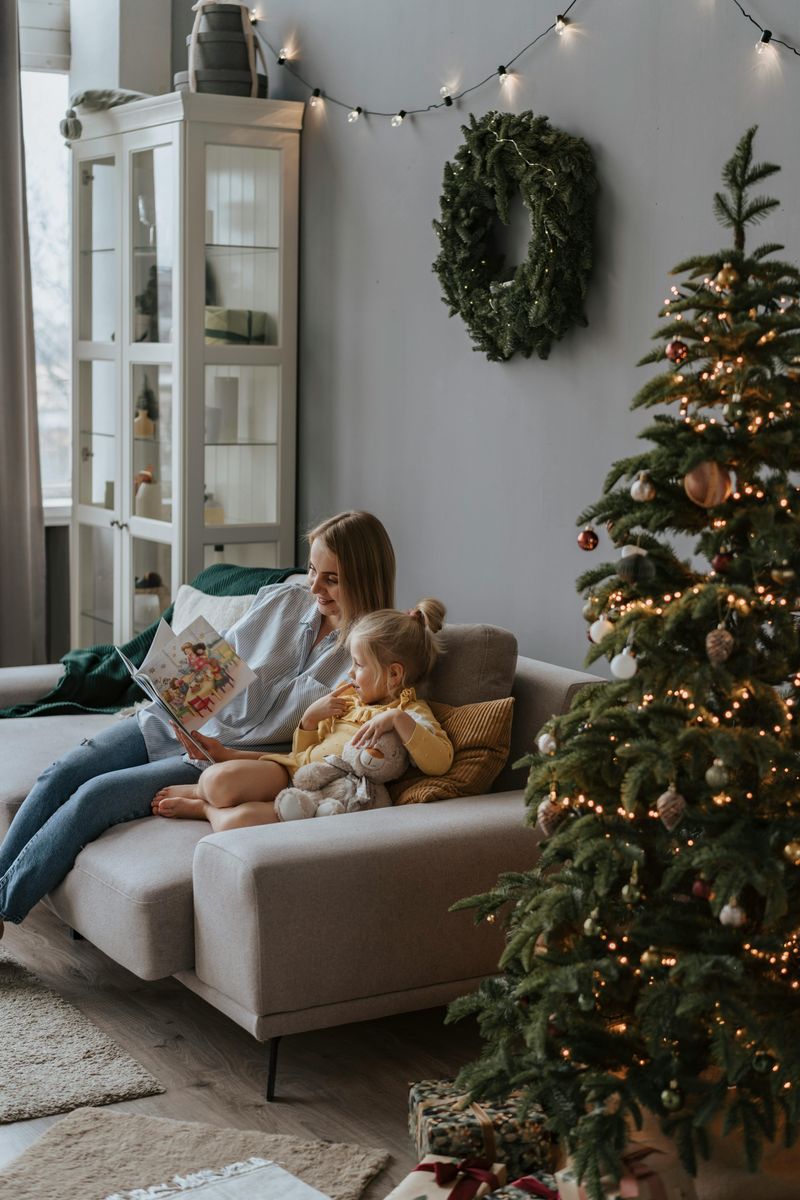
Winter nights invited shivers as Victorians gathered to swap eerie tales by lamplight. Dickens led the charge, proving that hauntings could mingle with heart, redemption, and snow. Periodicals hungrily published spectral yarns, turning December into high season for goosebumps.
The contrast was irresistible: warmth indoors, chill outside; generosity in the streets, reckoning in the shadows. Listeners leaned in, half afraid and wholly delighted. The supernatural became a mirror for conscience and community.
While we now stream spooky specials, the impulse remains the same. A good ghost story clarifies the living, and the Victorians perfected that art like frost on a windowpane.
14. Boxing Day as a Formal Holiday
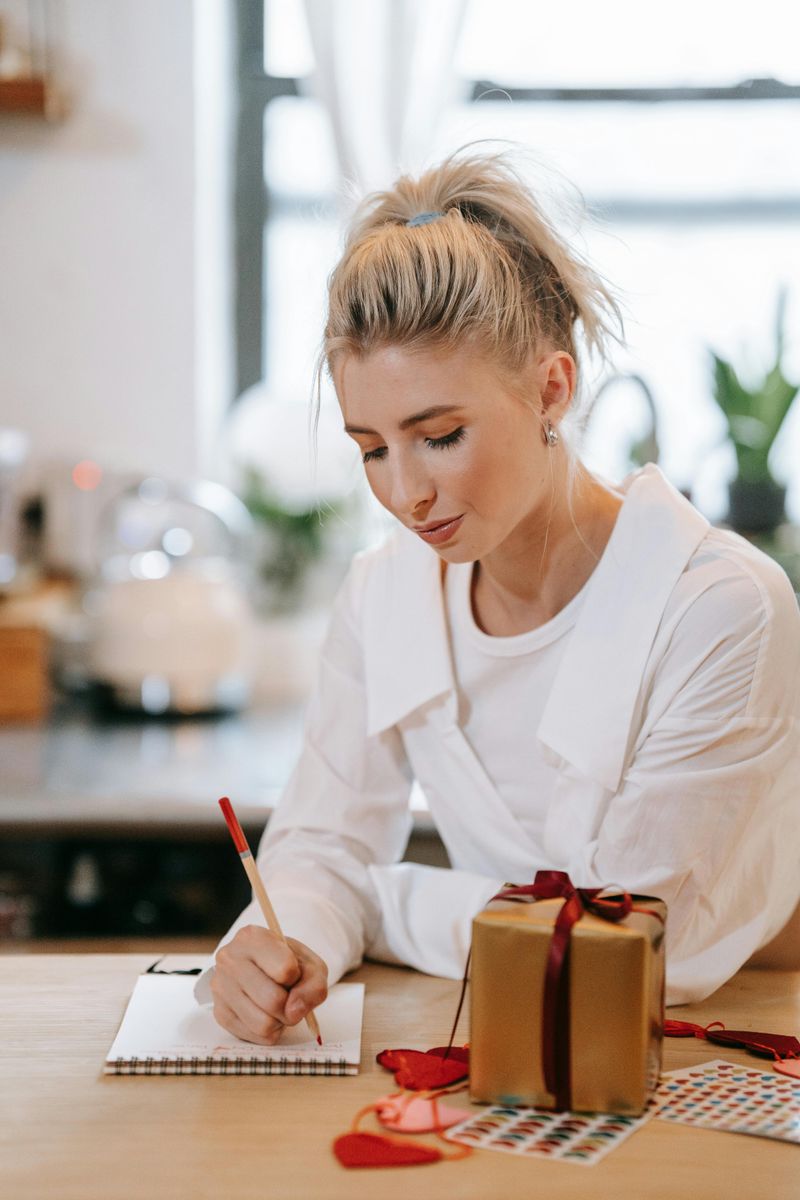
Charity stepped into the calendar when Victorians formalized Boxing Day, acknowledging service workers and the less fortunate. Boxes of money, leftovers, and practical gifts expressed gratitude in an age obsessed with propriety. Employers and parishes orchestrated distributions with a mix of kindness and social expectation.
Leisure for the working class mattered too, making the day a chance to visit family or attend events. Sporting fixtures and hunts added brisk outdoor flavor to the festivities. It was a civic pause that balanced merriment with duty.
Modern sales and football echo the social rhythm set then, even if intentions differ. The Victorian impulse to wrap generosity into the holidays still beats beneath the bustle of the 26th.
15. Kissing Under the Mistletoe

Romance found a leafy license as mistletoe dangled from chandeliers and doorframes. The Victorians updated an older custom, giving it playful rules and a dash of etiquette. A kiss beneath the sprig might pluck a berry, and when the berries were gone, so were the sanctioned smooches.
Illustrations turned the moment into a social sport, equal parts daring and decorum. Hosts strategically placed sprigs where conversations converged, turning hallways into theaters of blushes. It was flirty but codified, a safe scandal bubbles could enjoy.
Today’s parties still hang that botanical wildcard. Whether coy or comedic, every peck owes its cue to Victorian stage direction written in waxy green and white.
16. Christmas Markets

Street life twinkled as Victorian towns organized seasonal markets brimming with food, toys, and ornament stalls. Gas lamps sparkled on copper pans and sugared almonds, while sellers sang out prices like choruses. The bustle provided both shopping convenience and communal spectacle.
Railways expanded supply, and newspapers spread schedules, turning markets into regional magnets. Families lingered over roasted chestnuts and watched puppet shows between practical purchases. It was commerce wrapped in conviviality.
Modern markets with mulled wine and artisan crafts mirror that blend of trade and charm. The Victorian blueprint still underpins our favorite winter promenade—lanterns, laughter, and a bag that somehow fills itself.
17. Church Services & Midnight Mass Revival
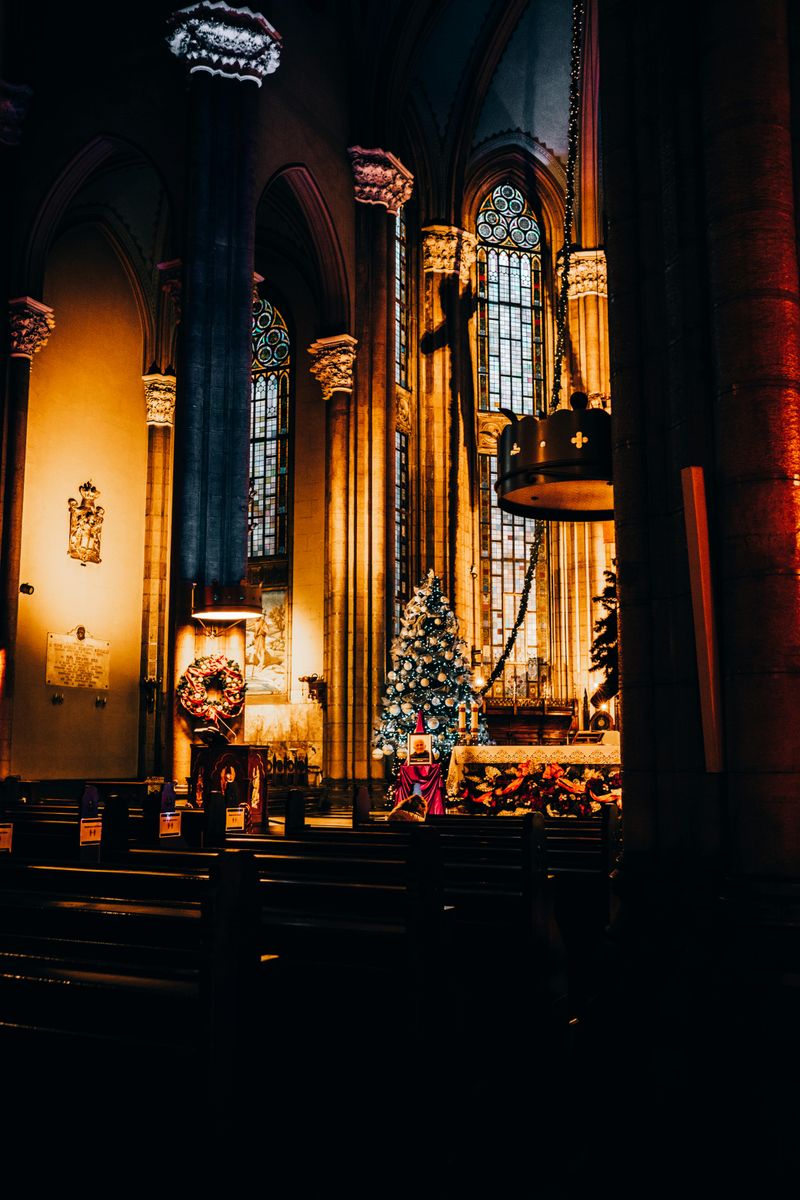
Respectable society rediscovered reverence as church attendance rose and midnight services regained luster. Urbanization untethered many from parish rhythms, but the season drew them back with candlelit solemnity. Music swelled—anthem choirs, organ thunder, and carols stitched devotion to beauty.
Printed service booklets and rail timetables enabled even city workers to attend. For families, the pew became a pause button, a breath between bustle and feast. The timing itself felt magical, turning night into sacred theater.
While modern schedules vary, the impulse to gather in quiet awe persists. The Victorians reframed Christmas as both home and holy, a balance we still seek beneath vaulted ceilings and starry walks home.
18. Extravagant Home Decorations
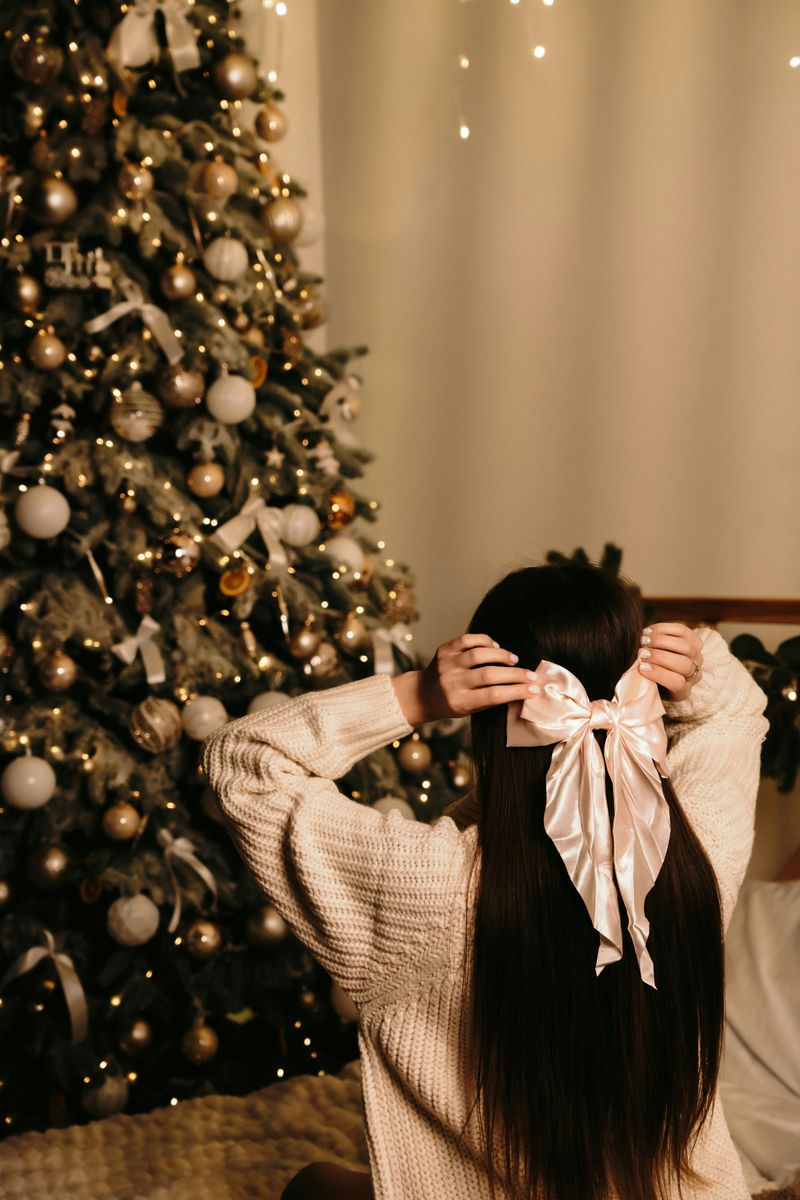
More was more in homes where garlands, ribbons, and handmade ornaments multiplied like snowflakes. The Victorian eye loved layers—paper chains draped over picture rails, satin bows on sashes, and clusters of glass baubles. Decorative abundance declared hospitality and taste in one shimmering sweep.
Magazines offered how-to spreads, from tissue-paper flowers to salt-dough fruits. Children’s craft projects dovetailed with adult ambition, turning parlors into collaborative studios. The house itself became the holiday’s costume.
Our modern maximalist trends trace their lineage here, even when minimalists whisper temptations. Whether you deck every cornice or curate a single shelf, you’re negotiating with a Victorian ghost who adores glitter.
19. Children-Centered Celebrations
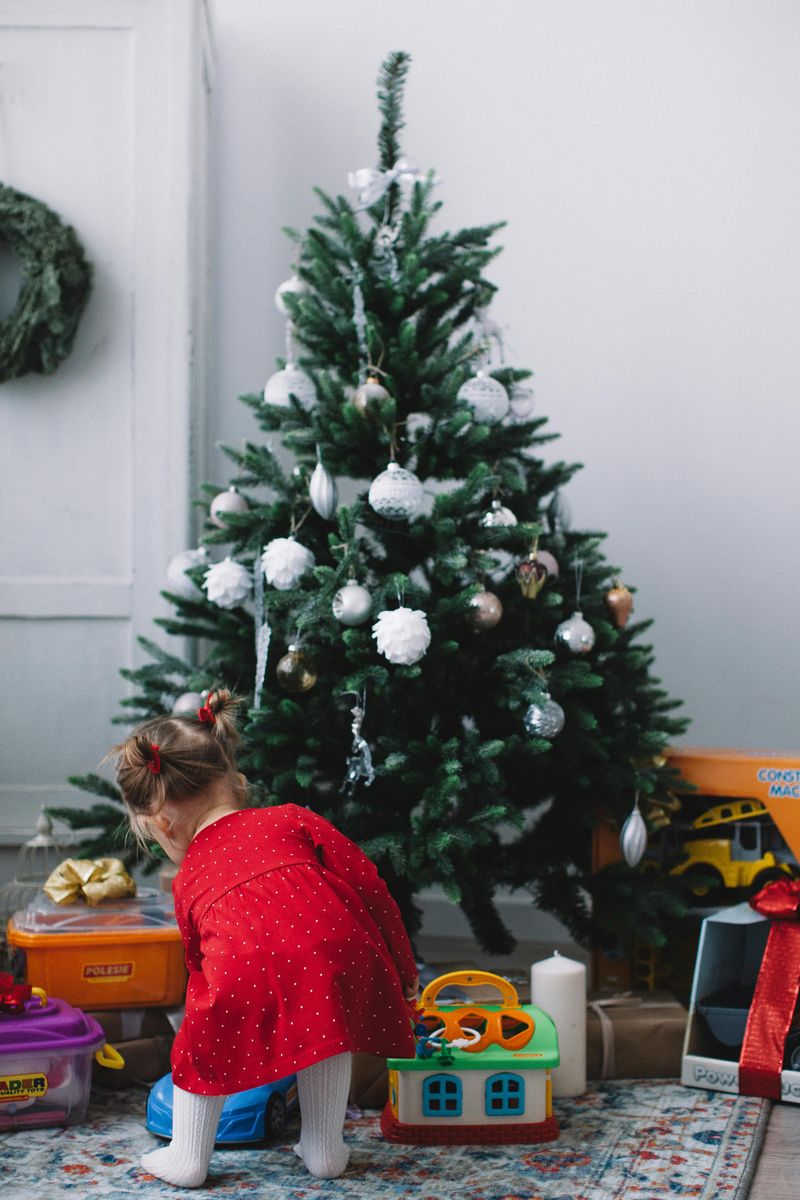
Childhood emerged as a celebrated stage of life, and Christmas followed suit by orbiting around young delight. Victorians invested in toys, picture books, and sweet treats that made the holiday a wonderland. Adults found joy in orchestrating surprises and marveling at reactions.
Schools and charities staged entertainments, while family routines crystallized around bedtime stories and morning reveals. Photography captured gap-toothed grins beside towering trees, sealing memory to ritual. The season’s emotional center moved closer to small shoes by the hearth.
Today’s elf shenanigans and gift lists are simply the modern dialect of that shift. The Victorians tuned Christmas to the key of childhood, and we still hum along.
20. Holiday-Themed Books & Illustrations

Print culture snowed the season with stories and images that standardized how Christmas should feel. Dickens was the headline act, but magazines, chapbooks, and illustrators like Leech painted the rest of the picture. Snow, generosity, redemption—these motifs marched into parlors via ink.
Illustration styles made holly brighter, puddings plumper, and spirits more personable. Families collected annuals, clipping and saving vignettes that guided decorations and moods. The page became a mirror that taught the season’s face back to its admirers.
From glossy coffee-table volumes to social media carousels, we still curate Christmas through visuals and narratives. That habit is pure Victorian: a holiday authored, illustrated, and endlessly reprinted in the heart.

Comments
Loading…